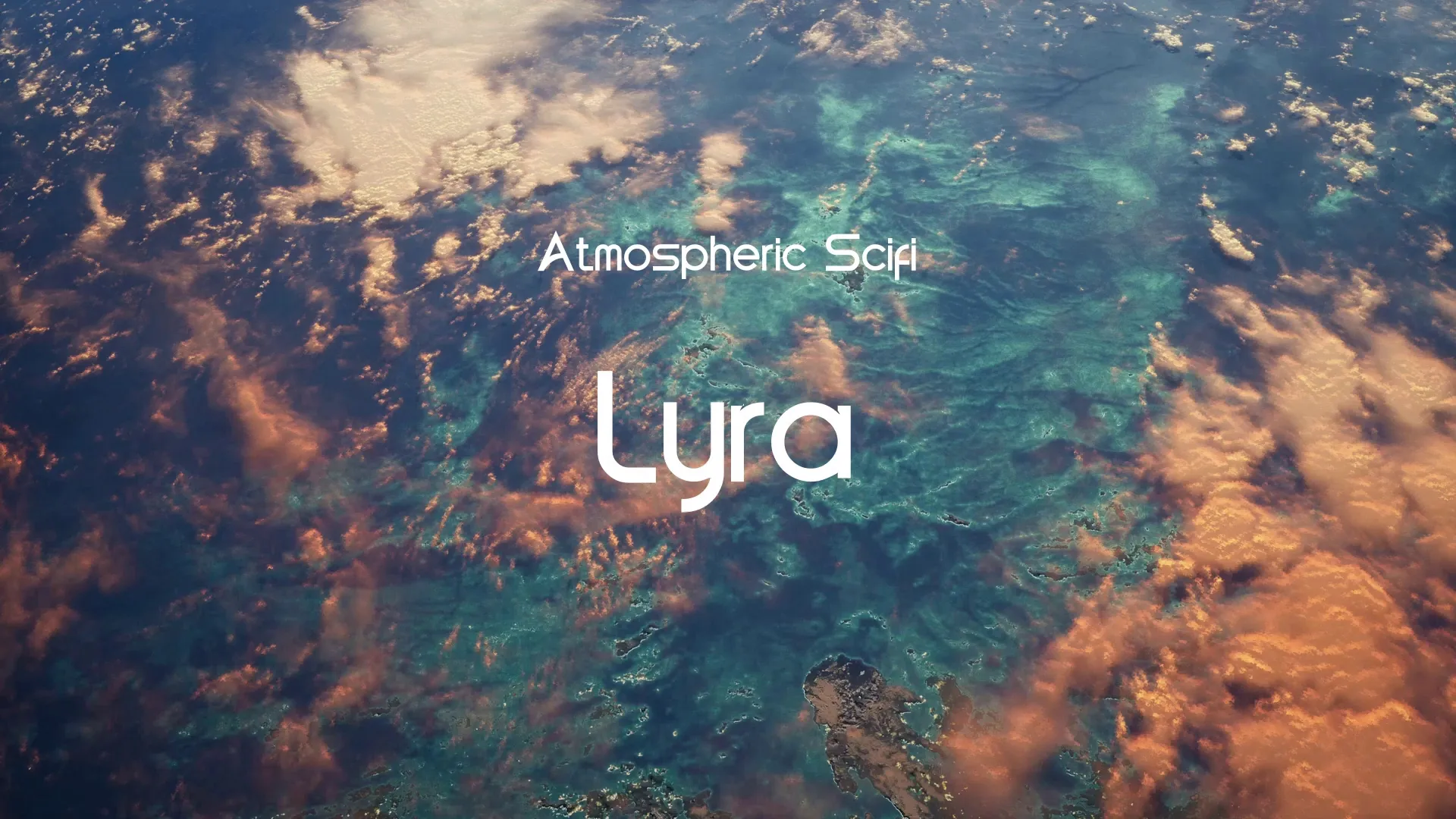Unleash Your Inner Artist: Creative Flow Techniques for Game Developers
Creative flow is essential for game artists, yet it often feels elusive amidst tight deadlines and technical hurdles. Maintaining a consistent artistic output requires more than just skill; it demands strategic approaches to foster creativity.
Dedicate Focused Creative Sprints
Allocate specific, uninterrupted blocks of time solely for creative work. During these sprints, eliminate distractions and immerse yourself fully in the artistic task at hand. This structured approach helps train your brain to enter a state of flow more readily.
Avoid multitasking during these periods; even checking emails can disrupt your creative momentum. Consider using tools like Wayline’s Momentum to schedule and track these dedicated creative sessions, ensuring consistent progress on your art assets.
Diversify Your Creative Input
To prevent artistic stagnation, actively seek out varied sources of inspiration beyond games. Explore art history, nature, architecture, or even unrelated industries. New perspectives can spark novel ideas for character designs, environments, and visual styles.
This broad exposure enriches your visual vocabulary and provides a deeper well of concepts to draw from. It’s about feeding your subconscious with diverse information that can later be recontextualized into game art.
Implement Mindful Breaks and Recharge
Consistent creative output is not about endless hours, but about sustainable effort. Short, mindful breaks throughout your workday can significantly improve focus and prevent burnout. Step away from your screen, stretch, or engage in a brief non-work activity.
These pauses allow your brain to process information passively and can often lead to breakthroughs when you return to your task. Recognize when your creative energy wanes and respect the need for rest.
Set Clear Boundaries and Expectations
For game artists, particularly those working independently or in small teams, setting boundaries is crucial for protecting creative time. Clearly communicate your availability and focus periods to avoid constant interruptions. This also applies to personal boundaries, ensuring you have adequate time away from work to recharge.
Overcommitment is a common pitfall that quickly drains creative reserves. Prioritize your tasks and learn to say no to non-essential requests that encroach on your artistic development time.
Leverage AI for Ideation and Exploration
Modern tools can significantly accelerate the initial stages of artistic ideation. AI-powered platforms can generate concept art variations and explore different styles, providing a rich starting point for your creative process. This allows artists to quickly iterate on ideas without getting bogged down in initial rendering.
Wayline’s Canvas tool, for instance, can generate concept art with AI, helping you visualize diverse artistic directions rapidly. This technology should be seen as a collaborator, not a replacement, for your artistic vision.
Analyze and Learn from Diverse Art Styles
Deeply understanding different art styles can unlock new creative avenues. Study the techniques, color palettes, and compositional choices of various artists and art movements. This analytical approach informs your own work and expands your artistic toolkit.
For example, exploring specific rendering techniques like cel shading can inspire unique visual directions for your game. You can delve into resources like ‘Cel Shading: A Comprehensive Expert Guide’ to understand how such styles are implemented and their artistic impact. Analyzing successful art styles provides practical insights into visual communication and aesthetic appeal.
Create a free account, or log in.
Gain access to free articles, game development tools, and game assets.
.webp)






















